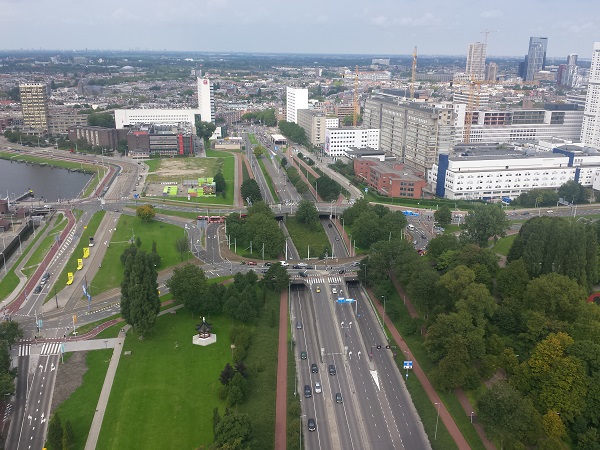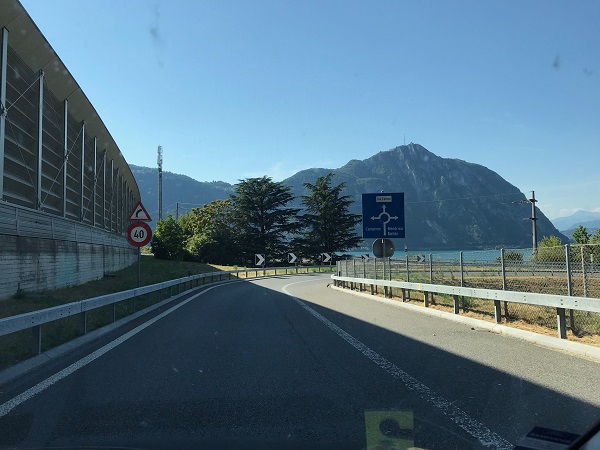





Highways
Highways are divided or undivided roads that typically have design speeds ranging from 70km/h to 100km/h and typically connect to surrounding road networks with unsignalised and signalised intersections and roundabouts.
Highways may also provide direct access to adjacent properties, and generally all road users can access the road. However, highways can vary significantly in terms of design and operating characteristics.
Highways are typically present on the outskirts of urban centres and provide connections between cities, towns, agricultural areas, areas of tourism interests.
Key road safety concerns for motorized traffic on these roads include head-on collision and roadside run-off crashes. Collisions at intersections are also a key concern, particularly on divided road sections. There are often increased conflicts through villages and towns and around their peripheries, especially with pedestrians, motorcyclists and bicyclists, where traffic speeds and flows are not sufficiently managed. The risk is often high for uncontrolled ribbon developments which result in an ambiguity in the function of the highway. These sections of highways require reclassification and strong treatment for road safety as they become shared among different users. Alternatively, a bypass may be justified in some circumstances to take traffic away from urban centres.
Case Studies
| Examples of related Case Studies |
|---|
| A-375 Road |
| Por Amor – Costa Rica’s Seat Belt Campaign |
| From Legislation to Implementation in Cambodia |
Related Images
 Delineation - France. Image credit: Unknown
Delineation - France. Image credit: Unknown Dual carriageway - France. Image credit: Unknown
Dual carriageway - France. Image credit: Unknown Dual carriageway - Switzerland. Image Credit: Unknown
Dual carriageway - Switzerland. Image Credit: Unknown Grade separated intersection in the Netherlands. Image credit: Alina Burlacu
Grade separated intersection in the Netherlands. Image credit: Alina Burlacu Highway in India. Image credit: Greg Smith
Highway in India. Image credit: Greg Smith Highway with lanemarking and paved shoulders in Tanzania. Image credit: Alina Burlacu
Highway with lanemarking and paved shoulders in Tanzania. Image credit: Alina Burlacu Roadside barrier - Beijing. Image credit: Unknown
Roadside barrier - Beijing. Image credit: Unknown Roadside barrier at curve in Australia
Roadside barrier at curve in Australia Roadside barrier at curve in Switzerland. Image credit: Unknown
Roadside barrier at curve in Switzerland. Image credit: Unknown Safety barrier - Switzerland. Image credit: Unknown
Safety barrier - Switzerland. Image credit: Unknown








